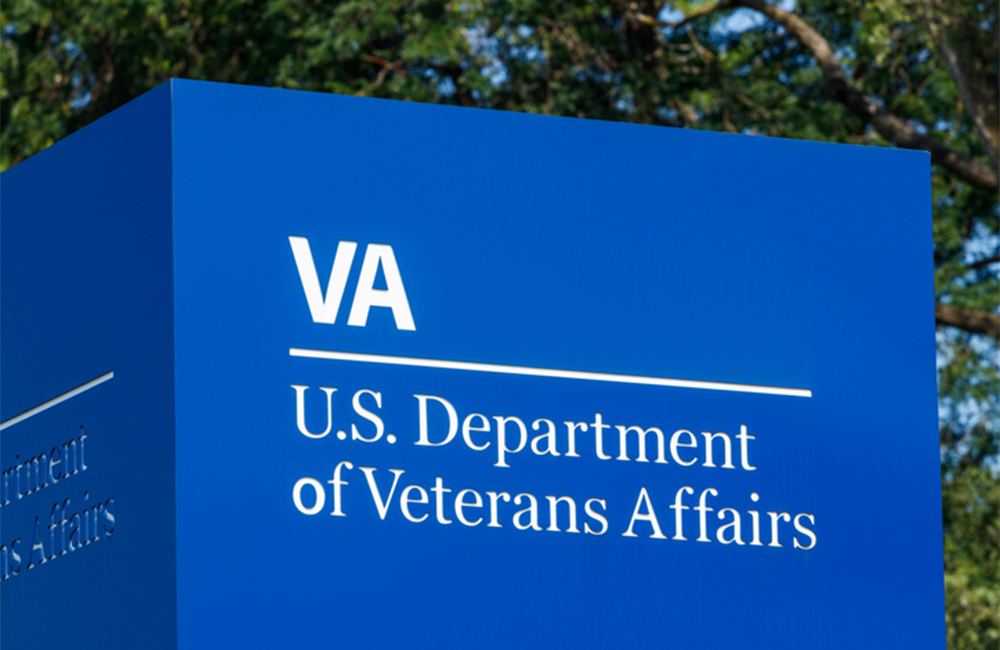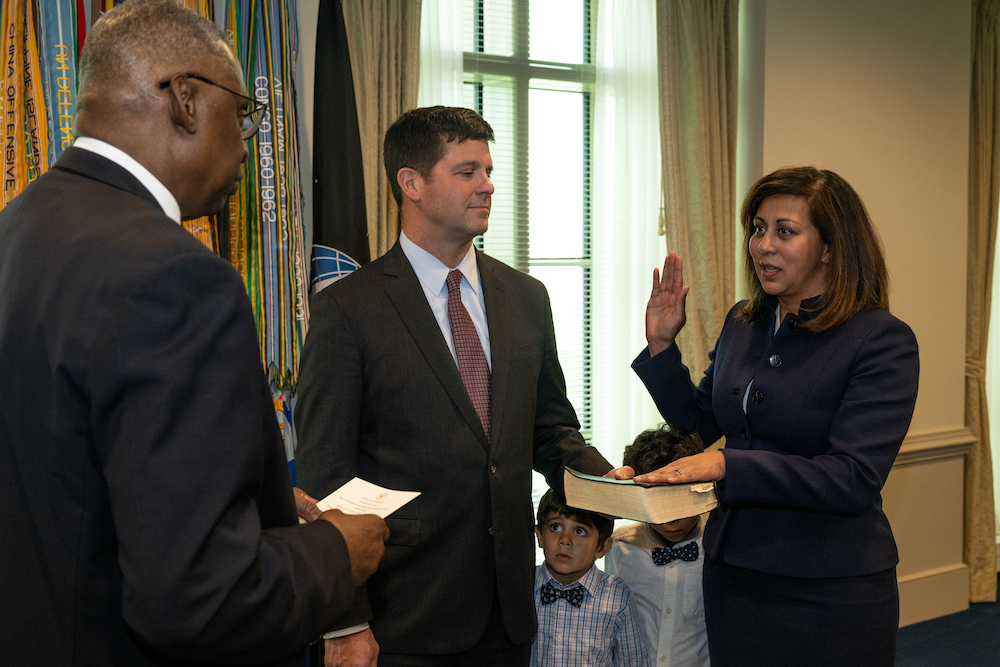The Department of Veterans Affairs is deploying new automation and data sharing capacities to get ahead of the agency’s claims and benefits backlog.
Noting the combination of pandemic-related delays and VA’s inclusion of new compensation for agent orange and other forms of toxic exposure, VA Secretary McDonough outlined how the agency has attempted to keep pace with the overall goals of backlog reduction.
“The backlog was about 70,000 before the pandemic. Then pandemic-related challenges caused it to rise to about 211,000. By the time I was confirmed, we had worked on those COVID-related delays and got the backlog down to about 180,000. But since then, we’ve added 60,000 Bluewater Navy claims — about 89,000 claims for last year’s National Defense Authorization presumptive — and about 25,000 claims for the new presumptive we announced in May for rhinitis, sinusitis, and asthma. That’s 174,000 new claims, plus the 125,000 claims we get each month on average. 59,000 have taken longer than 125 days to process, bringing the backlog to our top line number of 260,000,” McDonough said during a January press conference.
However, despite the backlog increase, VA’s modernization efforts and hiring push through the Veterans Benefits Administration has already shown promise for more efficient claims processing, with the agency looking to continue these endeavors throughout 2022.
“We are hiring and training 2,094 new claims processors and support staff. 1,078 are already hired, 900 of whom are already trained. Our goal is to make all these hires by the end of spring, and we are on track to meet that. Second, we are using American Rescue Plan funding to pay overtime for them. And third, we’re working with the National Personnel Records Center and the National Archives, making real progress on scanning veteran records to make sure that there are no further delays due to COVID-driven closures of those facilities,” McDonough said.
Accompanying this hiring push is a new phase of VA’s benefits automation process, with the agency set to debut a series of advancements designed to quickly sort and process claims using newly digitalized information.
“We saw an opportunity to really look at our traditional disability claims process and see how we can better leverage the data that we have in the processes to introduce a business process automation. Our solution really, is to leverage technology and automate the administrative tasks and workflows that we currently have,” said Rob Reynolds, deputy undersecretary for VA’s Office of Automated Benefits Delivery.
These reforms will take advantage of increased data sharing between the Veterans Health Administration and claims offices, using a veteran’s health history to automatically confirm the validity of claims.
“Historically, our administrative processes have taken a long time. So we developed rules and algorithms to enhance and translate data into automated, actionable outcomes and processes. With this enhanced process, it will allow us to determine the sufficiency of medical evidence for rating purposes, and if sufficient, will prepopulate the rating calculator while drafting a proposed rating decision. And if not sufficient, automatically request a necessary exam to obtain the medical evidence needed,” Reynolds said.
This process appears to be expediting claims processing even in cases where an additional medical exam is required for verification.
“If we need to order exam, our projections were about 50 days. However, data is showing us right now as we have gotten some of those back, they’re happening in about 18 days,” Reynolds said.
VA has already begun exploring the applicability of this sort of automation to additional conditions, including those related to toxic exposure.
“We’re looking at how we would expand this to the additional systems that would be required to manage the required data elements to create automated process for rules-based algorithms … The team is currently looking at three new ones, which are asthma, sleep apnea and prostate cancer,” Reynolds said.
Going forward, agency leadership has expressed intentions to continue expanding the number of conditions that will receive this sort of automated processing, creating algorithms designed to cover three new conditions each quarter.
“Our current goal is that each quarter we can introduce three new diagnostic codes to come through the process for automation while leveraging our rules-based algorithms,” Reynolds said.









